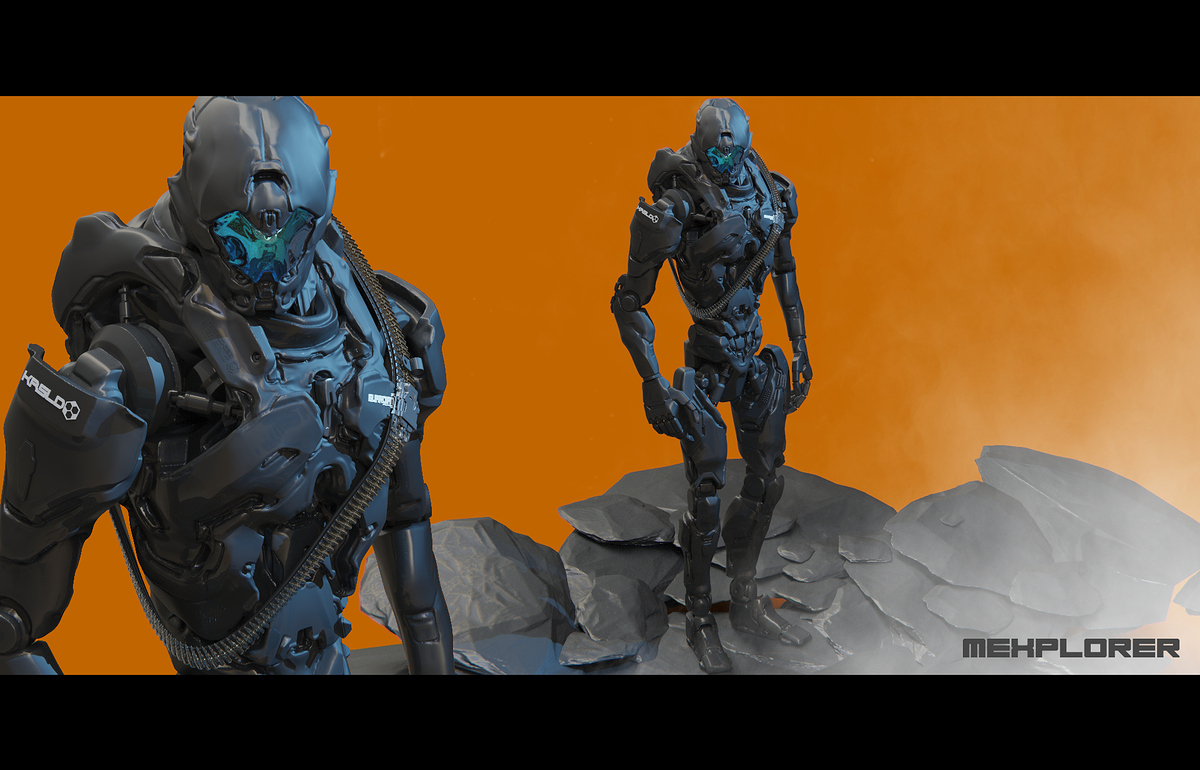

Import is also done over on the Tools panel on the upper-right, via the “Import” button. FBX files, or if it can it’s not in my version. ( At this point there’s also an alternative route, of bringing in your own. Then we left-click with the mouse near the upper left edge of the Canvas, and drag-hold to “draw out” (i.e.: place and then enlarge) the DemoHead onto the Canvas. This glance is just to ensure the brush is set to “DemoHead” as it should be. To do this, first glance over on the upper-right hand side of the UI - where the “Tool” panel should be visible. Now we load the same head model onto the Canvas again. OK, we now have a large cleared Canvas at a size that’s theoretically feasible for production use for comics.ĥ. But first we must now go: Top Menu | Layer | and then with Layer 1 selected we press “Clear”. The new head will match the new big Canvas size we just set in the Document menu, and it will be much smoother.Ĥ. We’ll replace it with a fresh identical one. The head will now look terribly jaggy, as we can see here…īut don’t worry, as we’re going to delete this horrid head.

It means the “Pro-portions” of the Canvas are locked together). ( Incidentally if you were wondering what the orange “Pro” button here is, it doesn’t mean you’re on “Professional” settings. You can go up to 8k on the Canvas, but if you do ZBrush becomes very sluggish and unresponsive. The second time will trigger a Windows alert.

To do this go to: Top Menu | Document | Double.ģ. Thus there is a vital need to first set up a large Canvas. NPR filter effects, such as hatching and line-art, are no use if there’s no powerful anti-aliasing going on, and also if the final render size we get is puny. Now we need to force ZBrush to use full maximum-strength anti-aliasing on a big canvas. Wait for this to finish loading before continuing.Ģ. Then after a few moments a little text message will appear in the upper left, saying that the project is loading. We see a flickering old floppy-disk icon appear. Double-click on the head’s preview icon, to load it. Pick a good choice for a NPR test, such as the obvious default “Demo Head”. You will then be asked to pick a preset project from the Library. Firstly, don’t even try to understand ZBrush’s baffling and non-standard user interface, unless you’re willing to spend at least a day just watching tutorials on it. I’m not an expert, just a fellow total newbie who carefully worked out what the workflow is supposed to be.ġ. Thus much of this first tutorial shows how to wrestle ZBrush into a setup suited to NPR destined for the pages of a comic or magazine. This tutorial uses the only method I found that worked in ZBrush 2019 that gives proper anti-aliasing on a large canvas - without which NPR filters are useless. This is a tutorial for complete and utter beginners with ZBrush, who just want to test the exciting new NPR features in ZBrush 2019.


 0 kommentar(er)
0 kommentar(er)
